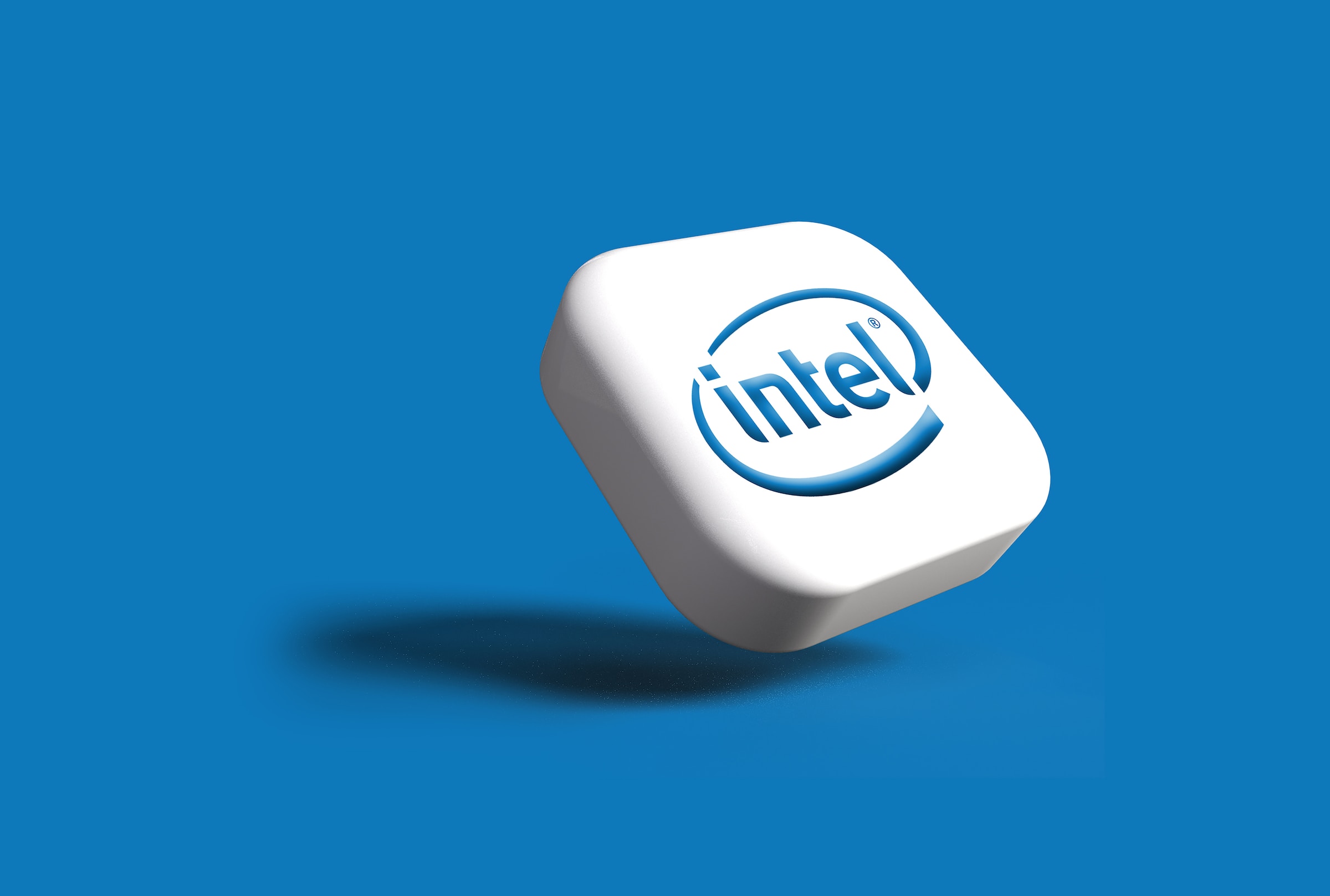At Stanford's recent tech conference, Intel introduced its "Sierra Forest" data center chip, promising a 240% efficiency boost. This next-generation chip aims to meet the industry's energy-conscious demands amidst rising competition.
This disclosure marks the first time that Intel has publicly shared such figures regarding the efficiency of its data center chips. The move comes as data centers, which power the internet and online services, face mounting pressure to reduce their electricity consumption.
Technology companies, including chip manufacturers, are now focusing on maximizing computing capabilities per chip while minimizing energy usage.
Intel's upcoming "Sierra Forest" chip is anticipated to address this demand by offering significantly enhanced computing capabilities while consuming less power. This move is particularly significant considering that Intel has faced competition from industry rivals such as AMD and Ampere Computing in the data center market.
To further meet varied requirements, Intel is dividing its data center chips into two categories for the first time. The first category, "Granite Rapids," will prioritize performance, albeit with higher power consumption. In contrast, the "Sierra Forest" chip will prioritize efficiency and energy savings. According to Ronak Singhal, a senior fellow at Intel, this will allow customers to consolidate their older software onto smaller computers, reducing costs and increasing power savings.
With the impressive performance improvements of the "Sierra Forest" chip, Intel aims to regain market share in the highly competitive data center segment. The chip is expected to enable businesses to increase the density of their computing systems by migrating legacy software onto a single, more efficient chip. The consolidation of computing resources will contribute to lower total cost of ownership and positively impact the industry as a whole.
Intel is confident its "Sierra Forest" chip will mark a significant milestone in data center chip technology. With its upcoming release next year, technology enthusiasts and industry experts eagerly await Intel's contribution to advancing computing efficiency in data centers worldwide.
Photo: Rubaitul Azad/Unsplash



 EssilorLuxottica Bets on AI-Powered Smart Glasses as Competition Intensifies
EssilorLuxottica Bets on AI-Powered Smart Glasses as Competition Intensifies  Trello Outage Disrupts Users as Access Issues Hit Atlassian’s Work Management Platform
Trello Outage Disrupts Users as Access Issues Hit Atlassian’s Work Management Platform  Oil Prices Rebound in Asia as Venezuela Sanctions Risks Offset Ukraine Peace Hopes
Oil Prices Rebound in Asia as Venezuela Sanctions Risks Offset Ukraine Peace Hopes  JD.com Pledges 22 Billion Yuan Housing Support for Couriers as China’s Instant Retail Competition Heats Up
JD.com Pledges 22 Billion Yuan Housing Support for Couriers as China’s Instant Retail Competition Heats Up  Indonesia–U.S. Tariff Talks Near Completion as Both Sides Push for Year-End Deal
Indonesia–U.S. Tariff Talks Near Completion as Both Sides Push for Year-End Deal  Asian Stocks Slip as Oracle Earnings Miss Sparks AI Profitability Concerns
Asian Stocks Slip as Oracle Earnings Miss Sparks AI Profitability Concerns  Fed Rate Cut Signals Balance Between Inflation and Jobs, Says Mary Daly
Fed Rate Cut Signals Balance Between Inflation and Jobs, Says Mary Daly  Intel’s Testing of China-Linked Chipmaking Tools Raises U.S. National Security Concerns
Intel’s Testing of China-Linked Chipmaking Tools Raises U.S. National Security Concerns  Air Force One Delivery Delayed to 2028 as Boeing Faces Rising Costs
Air Force One Delivery Delayed to 2028 as Boeing Faces Rising Costs  Microsoft Unveils Massive Global AI Investments, Prioritizing India’s Rapidly Growing Digital Market
Microsoft Unveils Massive Global AI Investments, Prioritizing India’s Rapidly Growing Digital Market  Oil Prices Edge Higher as U.S. Seizes Sanctioned Venezuelan Tanker
Oil Prices Edge Higher as U.S. Seizes Sanctioned Venezuelan Tanker  Apple App Store Injunction Largely Upheld as Appeals Court Rules on Epic Games Case
Apple App Store Injunction Largely Upheld as Appeals Court Rules on Epic Games Case  ADB Approves $400 Million Loan to Boost Ease of Doing Business in the Philippines
ADB Approves $400 Million Loan to Boost Ease of Doing Business in the Philippines  Fed Near Neutral Signals Caution Ahead, Shifting Focus to Fixed Income in 2026
Fed Near Neutral Signals Caution Ahead, Shifting Focus to Fixed Income in 2026  SoftBank Shares Slide as Oracle’s AI Spending Plans Fuel Market Jitters
SoftBank Shares Slide as Oracle’s AI Spending Plans Fuel Market Jitters  EU Court Cuts Intel Antitrust Fine to €237 Million Amid Long-Running AMD Dispute
EU Court Cuts Intel Antitrust Fine to €237 Million Amid Long-Running AMD Dispute  Moore Threads Stock Slides After Risk Warning Despite 600% Surge Since IPO
Moore Threads Stock Slides After Risk Warning Despite 600% Surge Since IPO 






























